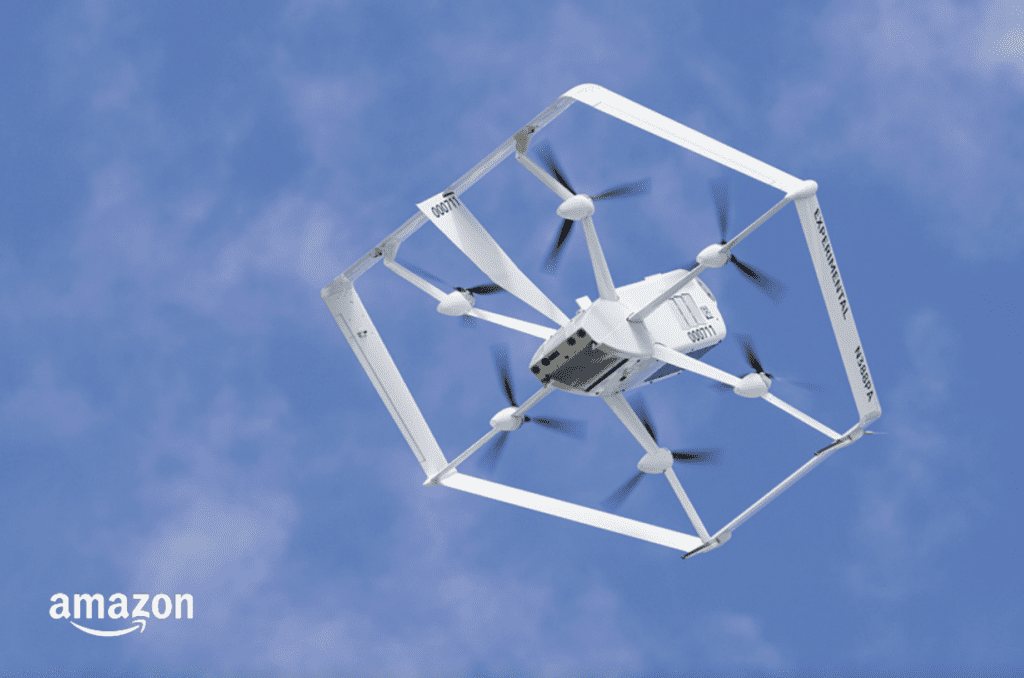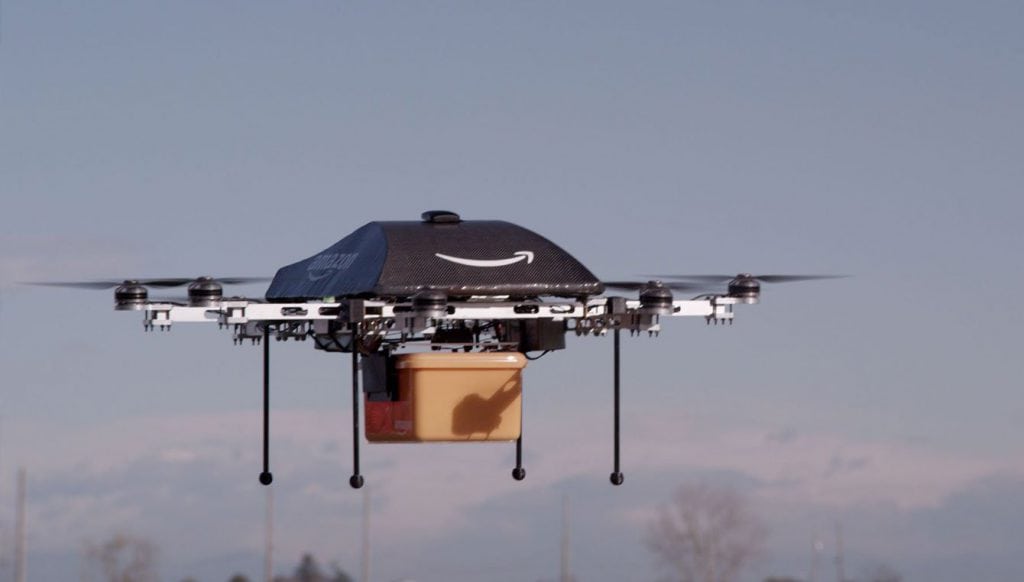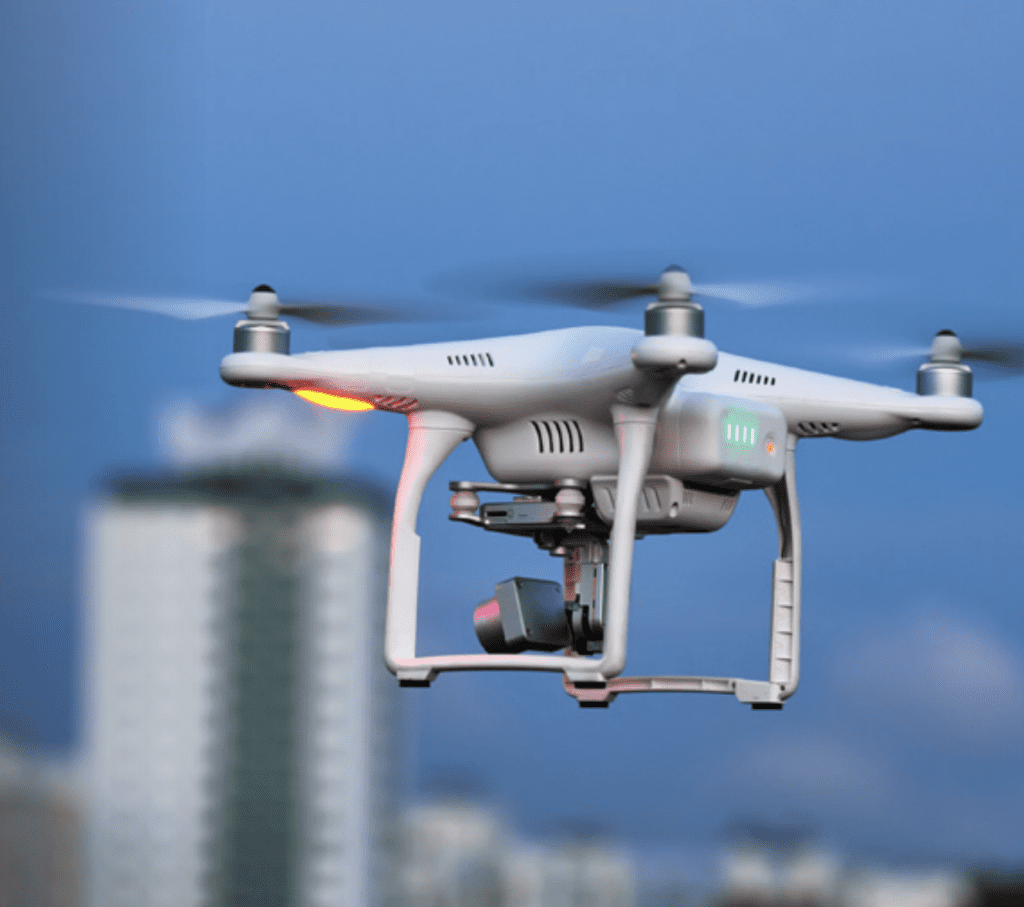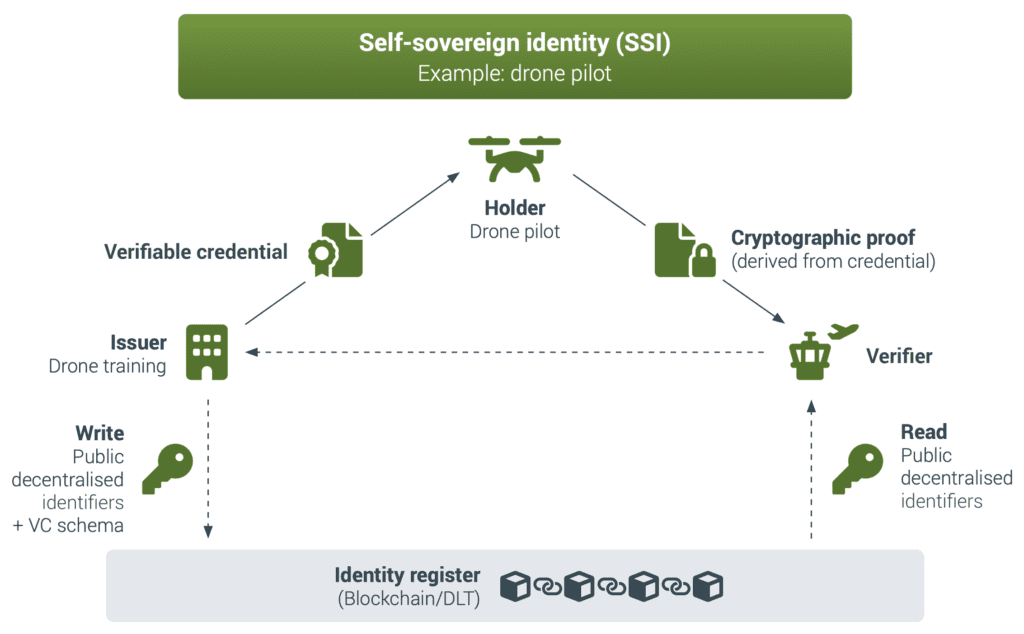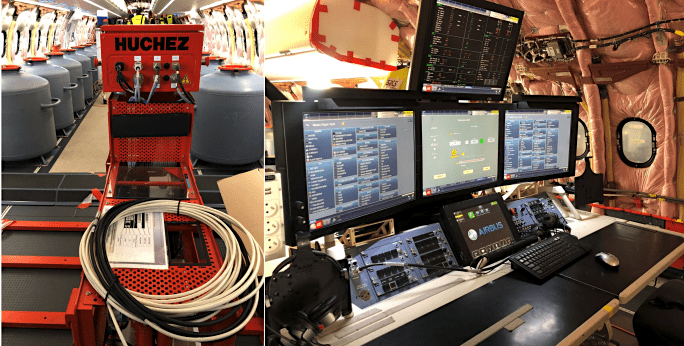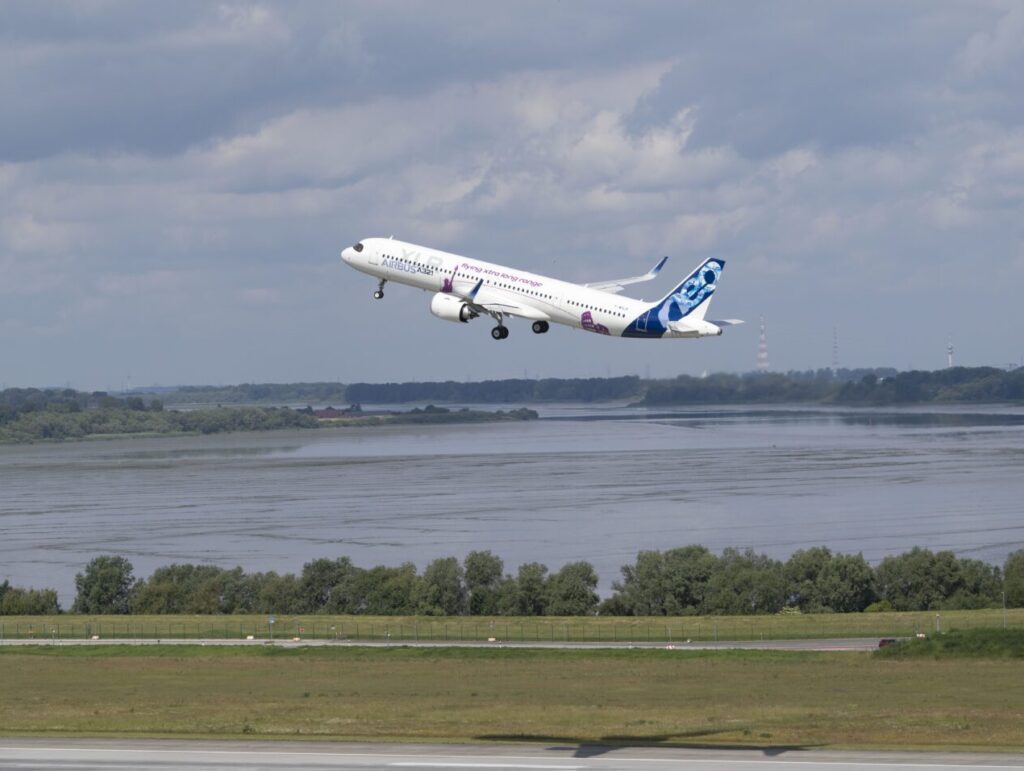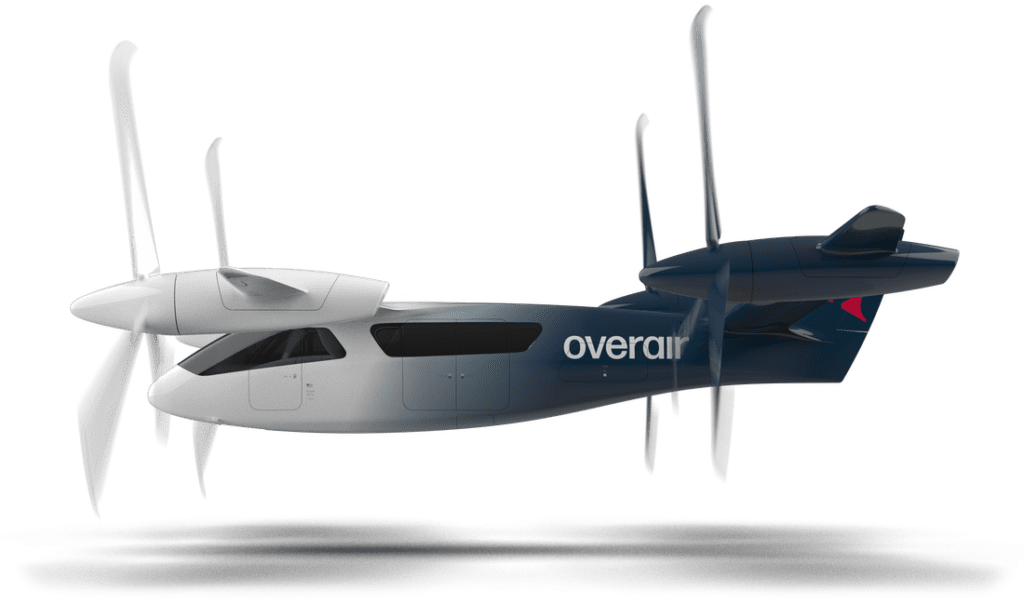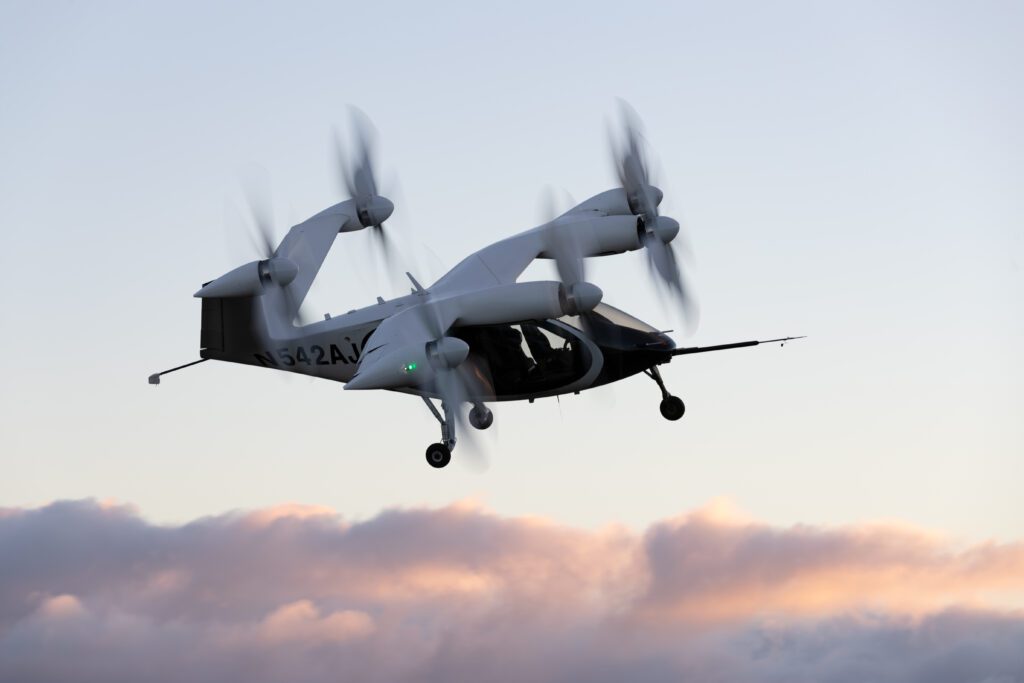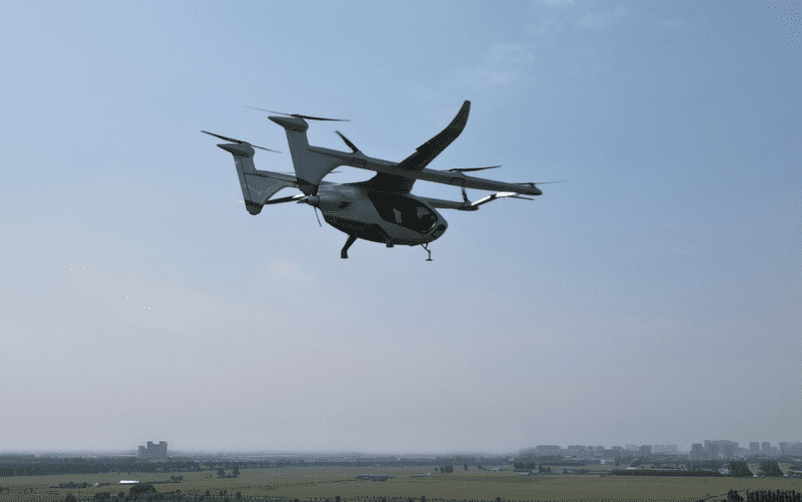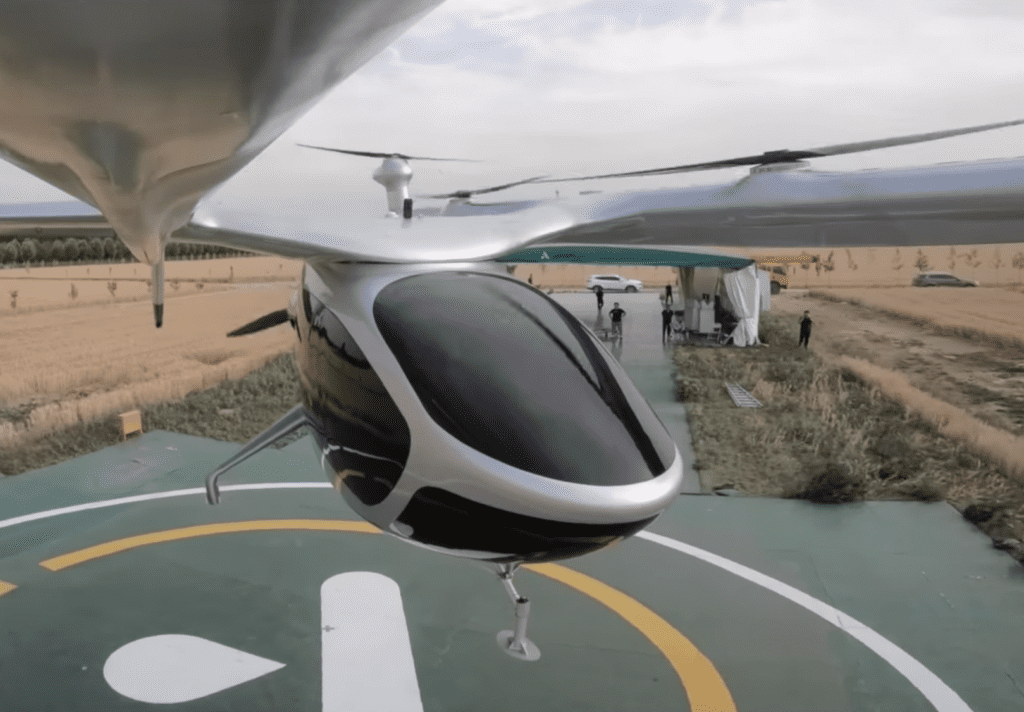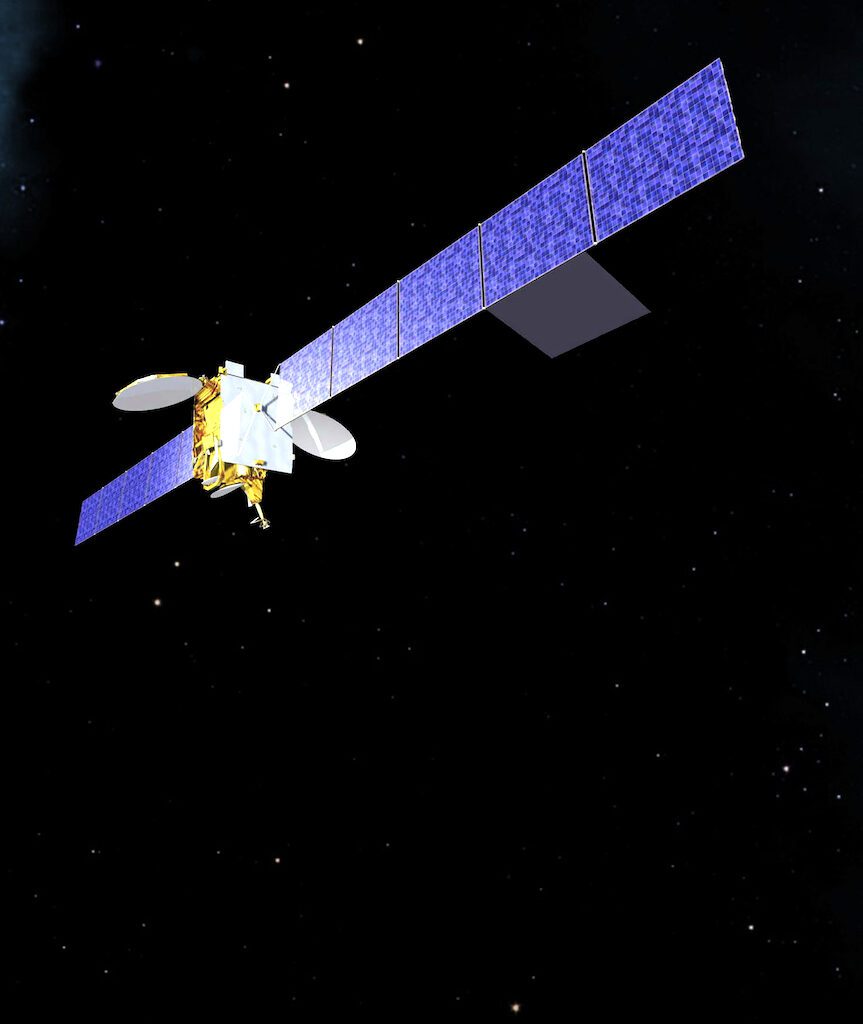FAA Requires 5G C-Band Filters for ‘Most Susceptible’ Regional Aircraft by End of 2022
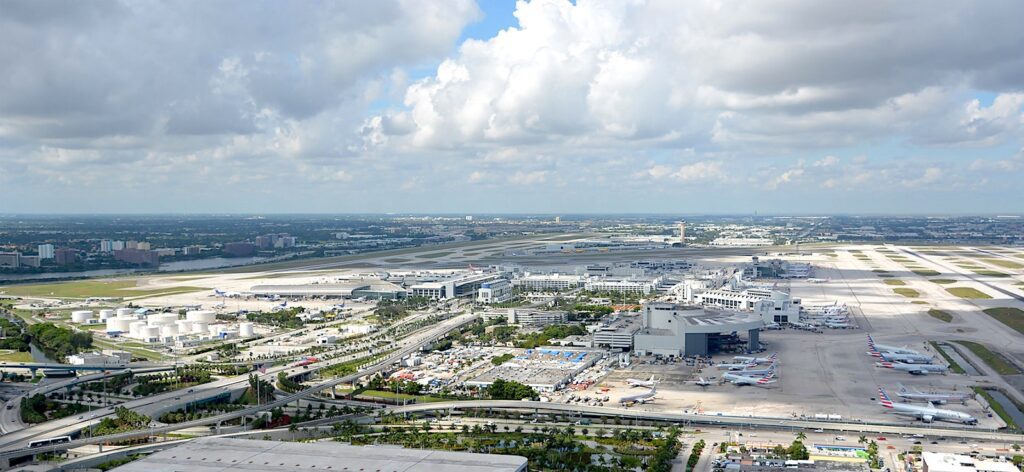

Miami International Airport (MIA) is one of 50 U.S. airports identified by the Federal Aviation Administration as requiring a 5G C-band “buffer zone” for some aircraft with radio altimeters identified by the agency as being susceptible to 5G C-band interference. On June 17, the FAA released its latest 5G C-band update related to the upcoming expiration of an agreement by AT&T and Verizon to mitigate the way they operate 5G C-band stations located near airports. (Photo courtesy of Miami International Airport)
The Federal Aviation Administration (FAA) is requiring operators of regional aircraft that the agency has identified as being the most susceptible to interference from 5G C-band wireless signals to install radio frequency filters by the end of the year, according to a statement released by the agency on Friday, June 17.
Implementing the new radio frequency filter retrofit requirement comes following months of collaboration between the FAA, aviation industry, and AT&T and Verizon seeking a long-term resolution to address susceptibility of some aircraft radio altimeters to 5G C-band interference. In the statement released Friday, the FAA notes that filters and replacement kits for aircraft with altimeters most susceptible to 5G C-band interference have been identified and modification has already begun.
Acting FAA Administrator Billy Nolen said in the statement that the agency has identified a path that will continue to enable “aviation and 5G C-band wireless to safely co-exist.”
“We appreciate the willingness of Verizon and AT&T to continue this important and productive collaboration with the aviation industry,” Nolen said.
The agency has not released any specific details associated with specific aircraft models it considers to be the “most susceptible to interference,” as mentioned in its latest statement. However, in recent months, the FAA has issued airworthiness directives for multiple different aircraft models requiring revisions to their associated flight manuals to prevent any impact on the reliability and function of their altimeters.
Most of the directives target limitations on the ability of those identified aircraft to perform low-visibility landings at airports where wireless companies have deployed 5G C-band. As an example, specific ADs have been issued for certain Boeing, 737, 747, 757, 767, and 777 models.
There have also been no details released on what companies or manufacturers are providing the radio frequency filter kits or replacement altimeters. Some avionics manufacturers and test equipment providers have published press releases and statements regarding the development of new altimeters that are not susceptible to 5G C-band interference. Among them are Irving, Texas-based FreeFlight Systems and its new “RA-4500 Mark II (MK II) radar altimeter” announced during the Helicopter Association International’s 2022 Heli-Expo exhibition.
On May 16, Thales, the Toulouse-based avionics maker, published a 5G C-band update to its website, noting its expectation to have a new line of radio altimeters, the ERT-5×0, certified by June 2022 and “available for retrofit shortly thereafter.”
“Thales’s ERT-5x0R uses bandpass radio frequency filtering to deliver a long-term 5G immune solution to airlines with a single retrofit installation,” the company said in the statement.
Aircraft altimeters operate within 4.2–4.4 GHz, the lower half of which falls within the C-Band—a frequency range from 3.7–4.2 GHz where the combination of the range of signal transmissions and capacity are optimum. The 5G wireless networks that were switched on by AT&T and Verizon on Jan. 19 operate within the 3.7–3.98 GHz frequency range, close to the altimeters, which has left aviation industry experts with concerns over signal interference issues.
Additionally, the FAA’s latest update regarding the aviation industry’s concerns over 5G C-band wireless interference with aircraft altimeters is timely, occurring ahead of a key upcoming date associated with a six-month timeline agreed to by AT&T and Verizon. During that period, the two companies agreed to turn off some 5G C-band wireless transmitters and make other adjustments at a list of 50 U.S. airports determined by the FAA to be located in cities and regions that require 5G C-band “buffer zones” to ensure safe landing of some aircraft in low-visibility conditions.
July 5, 2022, will mark the end of that agreement, although the FAA indicates in its latest statement that AT&T and Verizon have offered to continue with “some level of voluntary mitigations for another year.”
Prior to the FAA’s June 17 statement, a representative for the agency provided Avionics International with a copy of the June 14 letter it sent to organizations representing the airline industry, including Airlines for America (A4A), the National Air Carrier Association and the Regional Airline Association (RAA) urging the implementation of the filter kits.
Nolen, the agency’s acting administrator, used the letter to convey the “urgency with which the aviation industry must treat the installation of radio frequency filters on radio altimeters throughout the fleet.”
“The wireless companies have signaled an openness to continuing voluntary signal-strength mitigations around a number of critical airports. However, they also have indicated a desire to press forward within certain markets beginning in July,” Nolen writes in the letter.
A representative for Airlines for America (A4A) declined to comment on the FAA’s latest 5G C-band update; however, the organization provided Avionics a copy of a letter it sent in response to the FAA regarding retrofitting of in-service aircraft with filters.
In response, A4A President Nicholas Calio said that the group learned during a roundtable discussion with the FAA today that the vast majority of the in-service fleet, “approximately 4,800 aircraft,” would need to be retrofitted by July 2023.
“We have serious concerns that the Federal Aviation Administration (FAA) has placed the burden on the aviation industry to act in a way that would previously be considered, by the FAA itself, to be reckless in the context of design changes to safety-critical avionics,” Calio writes.
In an emailed statement to Avionics, Cathryn Stephens, director of Eugene Airport located in Oregon, said that an airline that operates Embraer 145s at the airport had previously been impacted by the deployment of 5G C-band wireless stations. Stephens testified as part of a congressional hearing on 5G C-band held in February that while the FAA has reviewed and approved AMOCs to cover 90% of altimeters featured on the in-service U.S. commercial fleet, they had not reached a point where all aircraft previously serving her airport could continue to operate in low-visibility conditions.
“The aircraft under restriction at EUG is the E-145,” Stephens writes. “In the meantime, we are out of our foggy season, so we are not currently having delays/cancellations due to low visibility conditions.”
The FAA expects filters and altimeter replacement units for affected aircraft to become available on a schedule “that would permit the work to be largely completed by July 2023.” According to the agency, several unnamed radio altimeter manufacturers have been working with “Embraer, Boeing, Airbus and Mitsubishi Heavy Industries to develop and test filters and installation kits for aircraft identified as being the most susceptible.”
The kits can be installed in “a few hours” at airline maintenance facilities, according to the FAA.
Nolen’s letter to airlines also acknowledged that in the long-term, some aircraft will eventually have to undergo additional retrofits as AT&T and Verizon and other wireless companies roll out more 5G networks and expand availability of service to more users.
“The wireless companies assure us that the equipment capable of transmitting at the maximum power levels approved by the FCC is still being developed and will not be ready for widespread use for three to five years,” Nolen writes in the letter. “However, without additional action by the FCC to cap transmissions at currently attainable power levels, the prospect of additional disruption remains.”
Outside of AT&T and Verizon, 19 other companies have been licensed by the Federal Communications Commission (FCC) to roll out new 5G C-band networks by the end of 2023, according to the FAA.
The post FAA Requires 5G C-Band Filters for ‘Most Susceptible’ Regional Aircraft by End of 2022 appeared first on Aviation Today.
—————
Boost Internet Speed–
Free Business Hosting–
Free Email Account–
Dropcatch–
Free Secure Email–
Secure Email–
Cheap VOIP Calls–
Free Hosting–
Boost Inflight Wifi–
Premium Domains–
Free Domains






